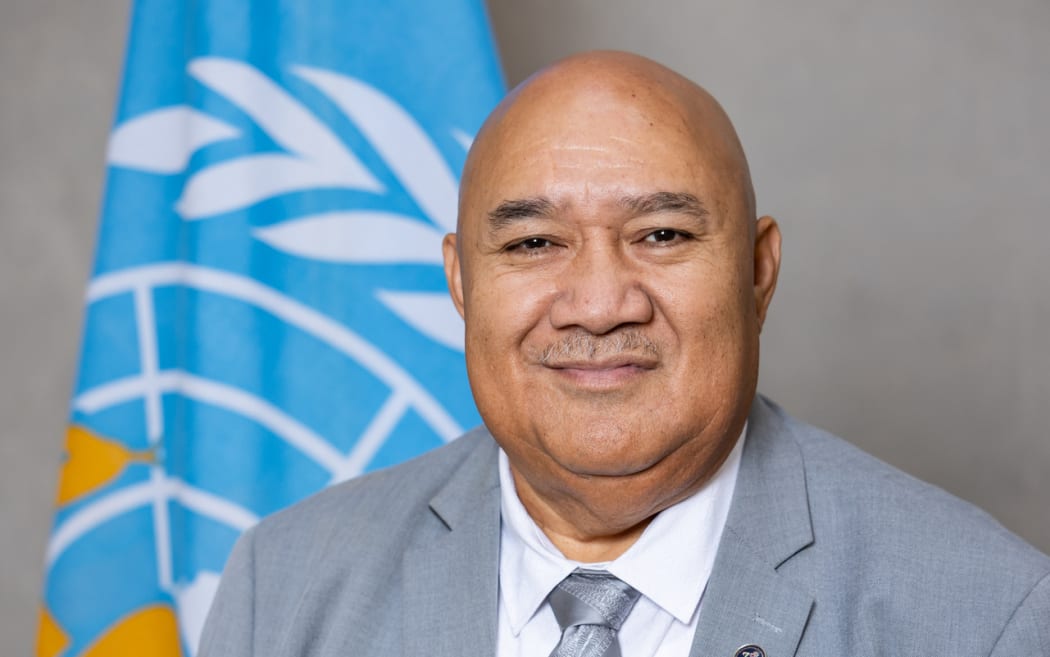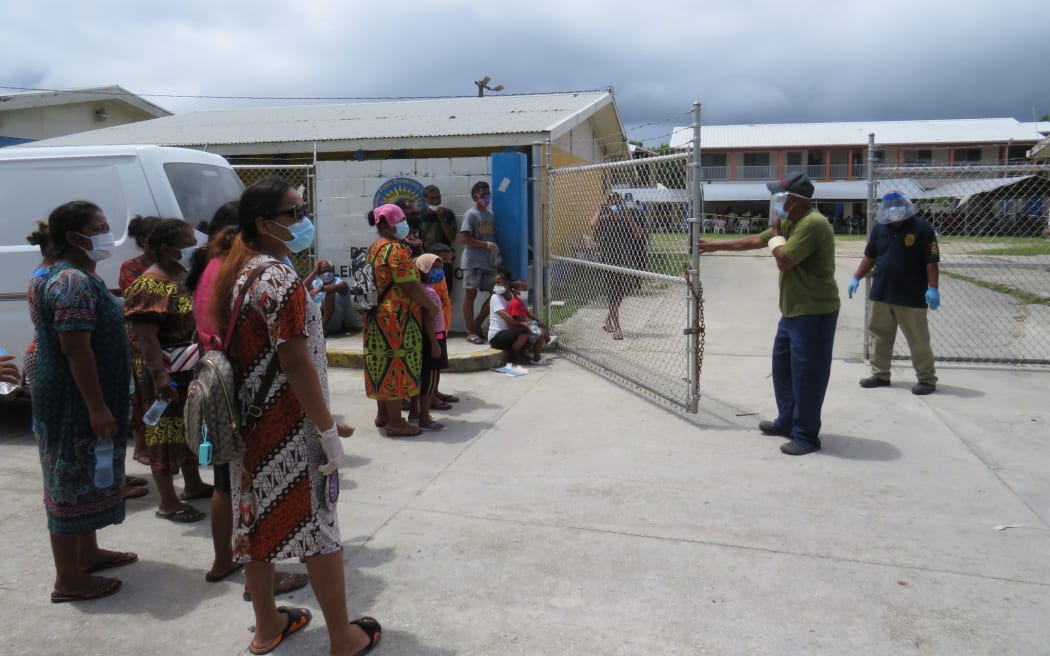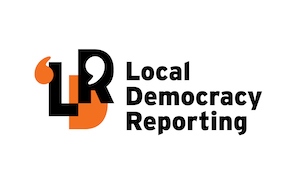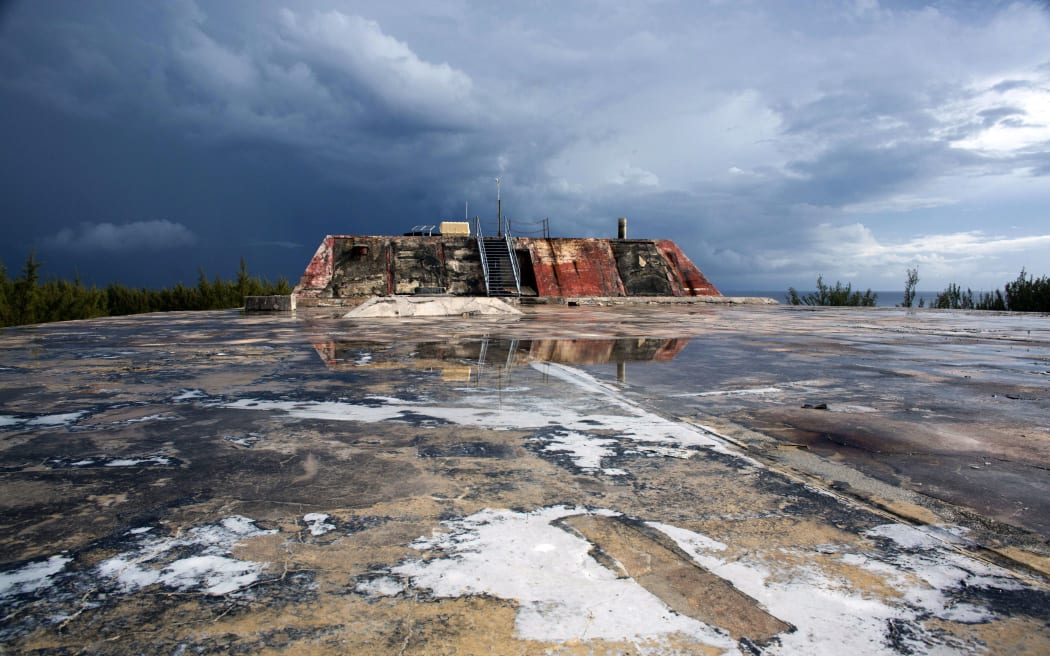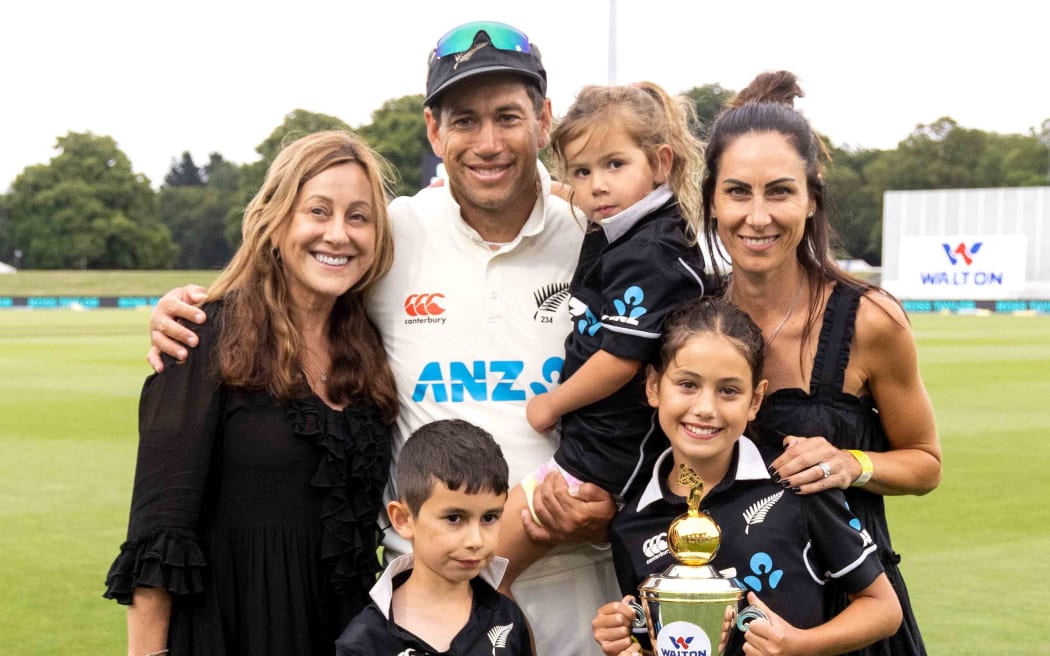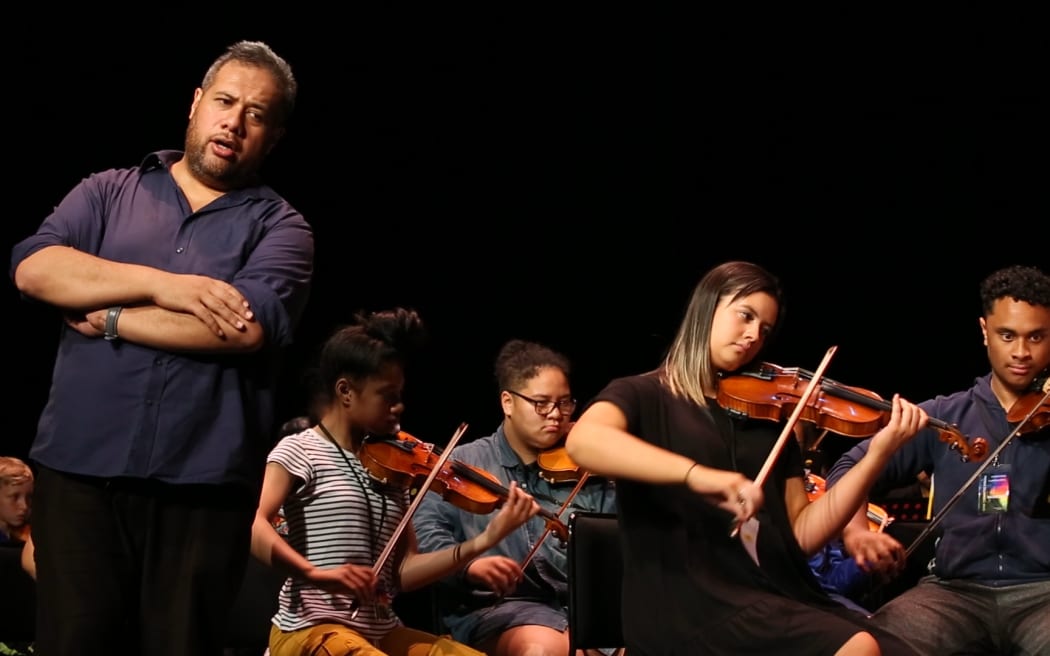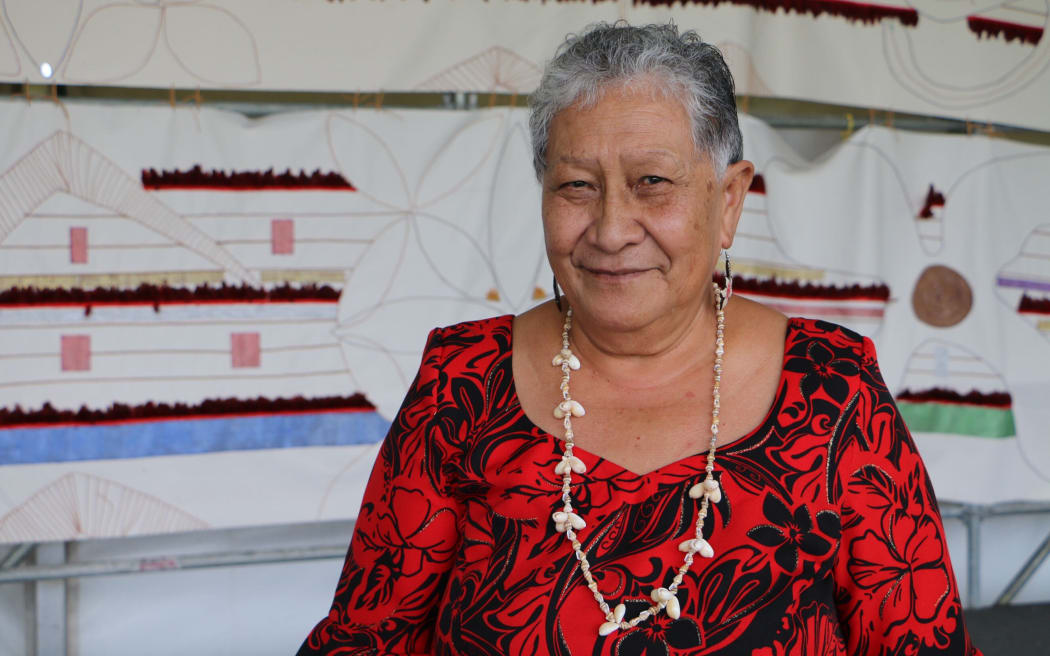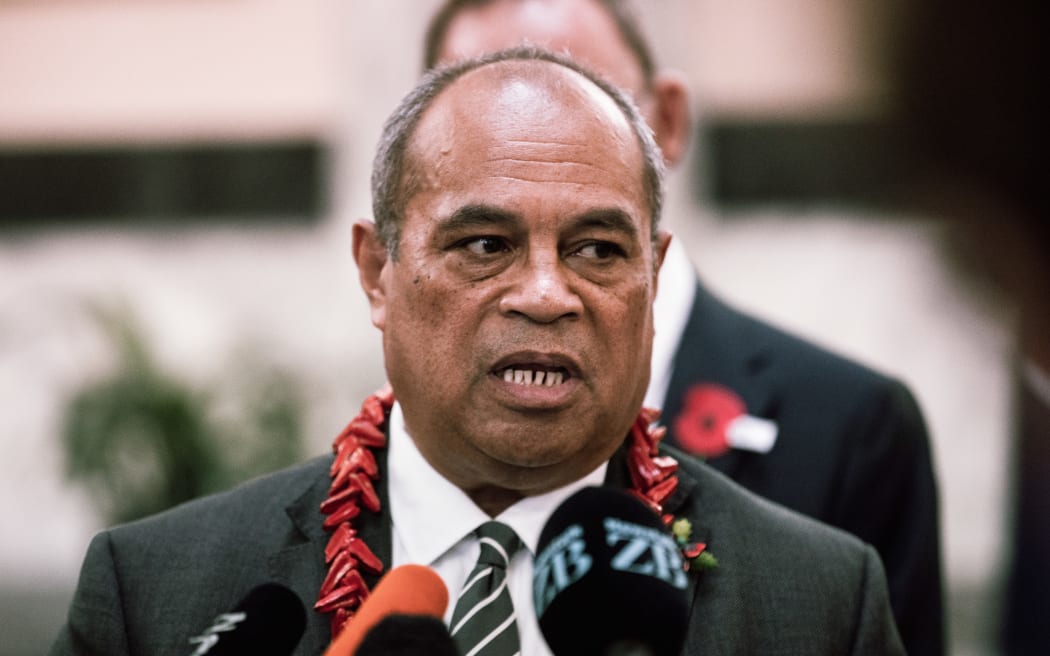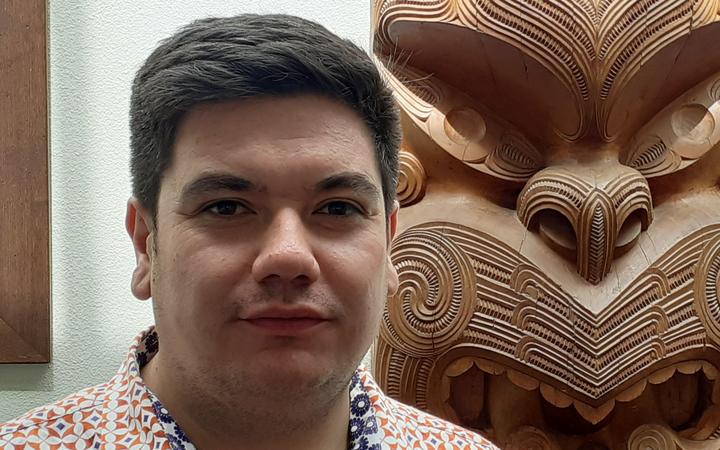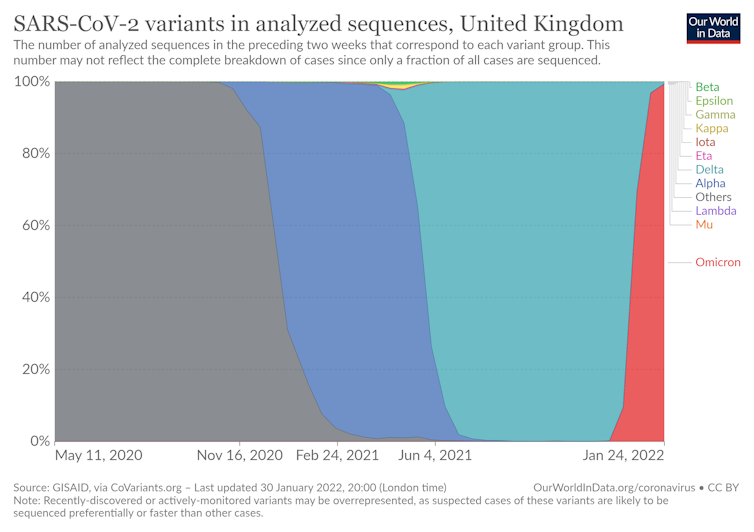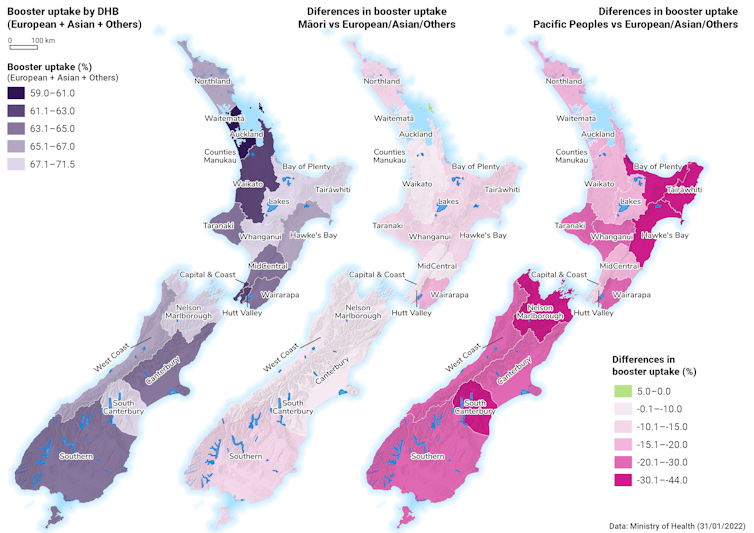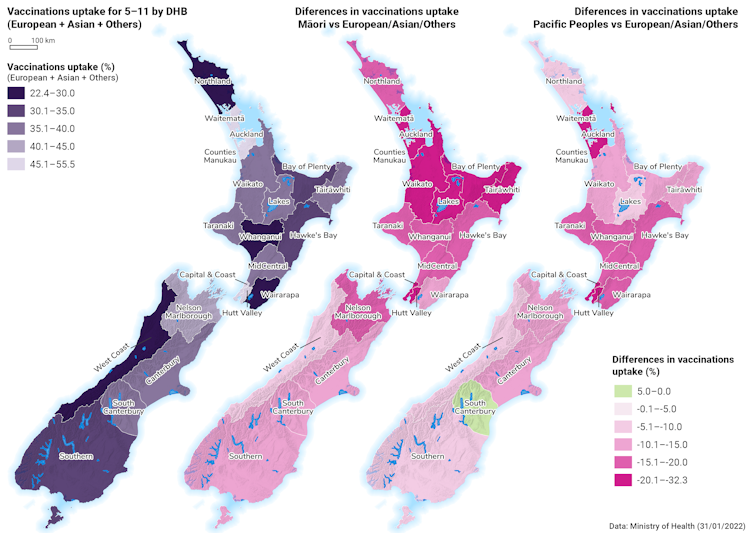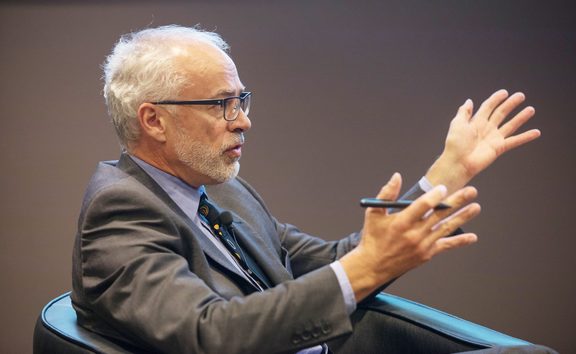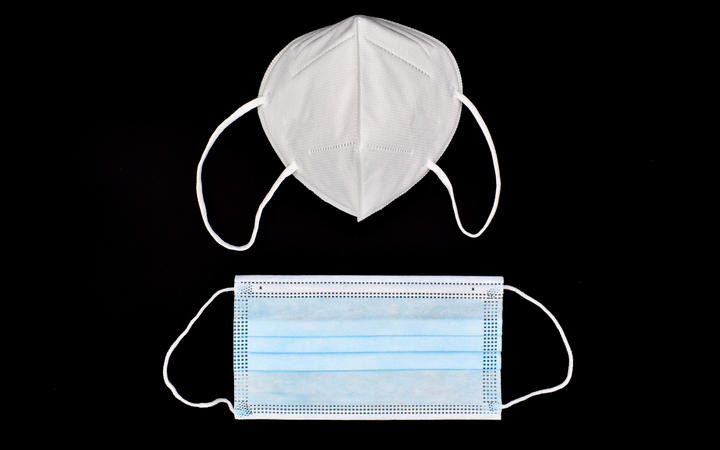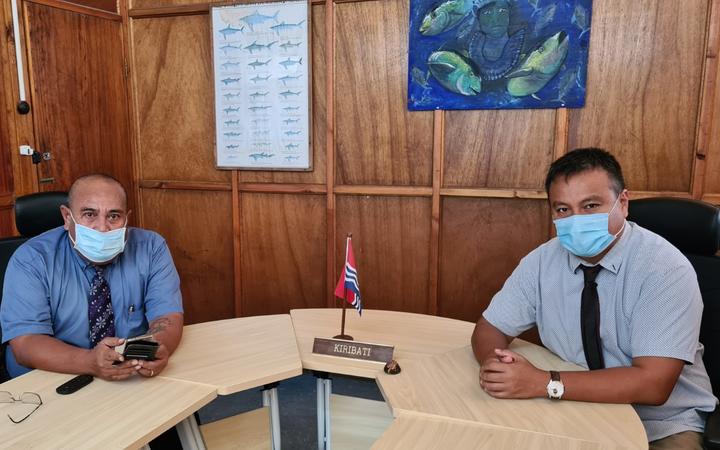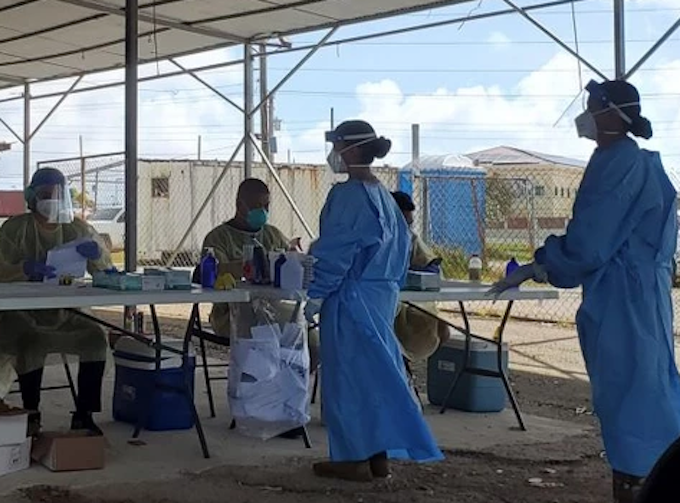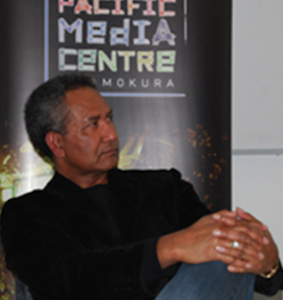By Sera Sefeti and Stefan Armbruster of BenarNews
Pacific delegates have been left “shocked” by the omission of sexual and reproductive health rights from the key declaration of the 69th UN Commission on the Status of Women meeting in New York.
This year CSW69 will review and assess the implementation of the 1995 Beijing Declaration, the UN’s blueprint for gender equality and rights for women and girls.
The meeting’s political declaration adopted on Tuesday reaffirmed the UN member states’ commitment to the rights, equality and empowerment of all women and girls.
It was the product of a month of closed-door negotiations during which a small number of countries, reportedly including the U.S. and Russia, were accused of diluting the declaration’s final text.
The Beijing Declaration three decades ago mentioned reproductive rights 50 times, unlike this year’s eight-page political declaration.
“It is shocking. Thirty years after Beijing, not one mention of sexual and reproductive health and rights,” Pacific delegate and women’s advocate Noelene Nabulivou from Fiji told BenarNews.
“The core of gender justice and human rights lies in the ability to make substantive decisions over one’s body, health and sexual decision making.
“We knew that in 1995, we know it now, we will not let anyone take SRHR away, we are not going back.”
Common sentiment
It is a common sentiment among the about 100 Pacific participants at the largest annual gathering on women’s rights that attracts thousands of delegates from around the world.
“This is a major omission, especially given the current conditions in several (Pacific) states and the wider pushback and regression on women’s human rights,” Fiji-based DIVA for Equality representative Viva Tatawaqa told BenarNews from New YorK.
Tatawaqa said that SRHR was included in the second version of the political declaration but was later removed due to “lack of consensus” and “trade-offs in language.”
“We will not let everyone ignore this omission, whatever reason was given for the trade-off,” she said.
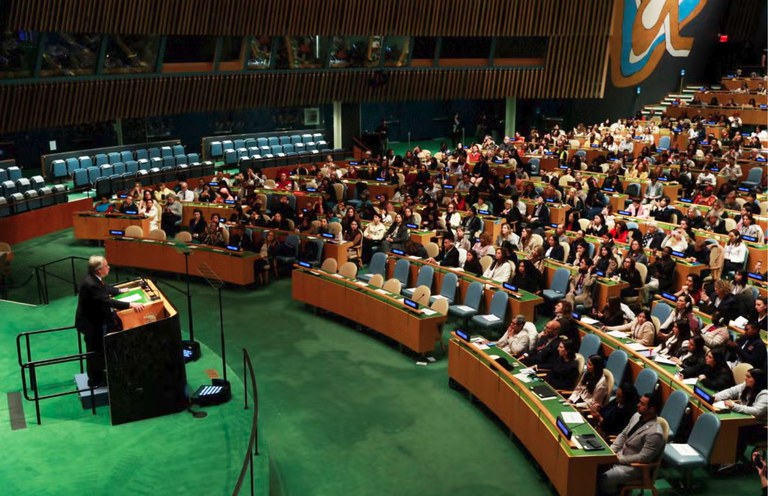
The Pacific Community’s latest survey of SRHR in the region reported progress had been made but significant challenges remain.
It highlighted an urgent need to address extreme rates of gender-based violence, low contraceptive use (below 50% in the region), lack of confidentiality in health services and hyperendemic levels of sexually transmitted infections (STIs), which all fall under the SRHR banner.
Ten Pacific Island countries submitted detailed Beijing+30 National Reports to CSW69.
Anti-abortion alliance
Opposition to SRHR has come from 39 countries through their membership of the anti-abortion Geneva Consensus Declaration, an alliance founded in 2020. Their ranks include this year’s CSW69 chair Saudi Arabia, Russia, Hungary, Egypt, Kenya, Indonesia and the U.S. under both Trump administrations, along with predominantly African and Middle East countries.
“During negotiations, certain states including the USA and Argentina, attempted to challenge even the most basic and accepted terms around gender and gender equality,” Amnesty said in a statement after the declaration.
“The text comes amid mounting threats to sexual and reproductive rights, including increased efforts, led by conservative groups, to roll back on access to contraception, abortion, comprehensive sexuality education, and gender-affirming care across the world,” adding the termination of USAID had compounded the situation.
The UN Population Fund (UNFPA) confirmed in February that the US, the UN’s biggest donor, had cut US$377 million in funding for reproductive and sexual health programmes and warned of “devastating impacts.”
Since coming to office, President Donald Trump has also reinstated the Global Gag Rule, prohibiting foreign recipients of U.S. aid from providing or discussing abortions.
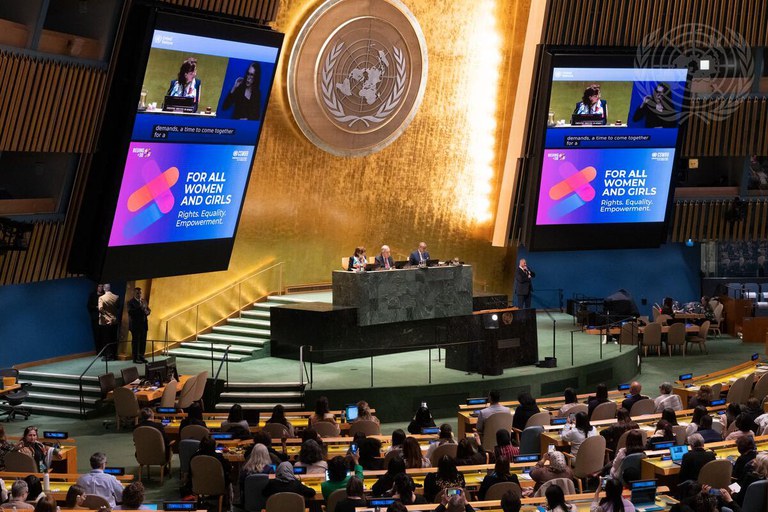
In his opening address to the CSW69, UN Secretary General Antonio Guterres issued a dire warning on progress on gender equality across the world.
‘Poison of patriachy’
“The poison of patriarchy is back, and it is back with a vengeance, slamming the brakes on action, tearing up progress, and mutating into new and dangerous forms,” he said, without singling out any countries or individuals.
“The masters of misogyny are gaining strength,” Guterres said, denouncing the “bile” women faced online.
He warned at the current rate it would take 137 years to lift all women out of poverty, calling on all nations to commit to the “promise of Beijing”.
The CSW was established days after the inaugural UN meetings in 1946, with a focus on prioritising women’s political, economic and social rights.
CSW was instrumental in drafting the Universal Declaration of Human Rights, Convention on the Elimination of Discrimination against Women and the Beijing Declaration.
One of the declaration’s stated goals is to “enhance women’s sexual and reproductive health and education”, the absence of which would have “a profound impact on women and men.”
The 1995 Beijing Platform for Action identified 12 key areas needing urgent attention — including poverty, education, health, violence — and laid out pathways to achieve change, while noting it would take substantial resources and financing.
This year’s political declaration came just days after International Women’s Day, when UN Pacific released a joint statement singled out rises in adolescent birth rates and child marriage, exacerbating challenges related to health, education, and long-term well-being of women in the region.
Gender-based violence
It also identified the region has among the highest levels of gender-based violence and lowest rates of women’s political representation in the world.
A comparison of CSW59 in 2015 and the CSW69 political declaration reveal that many of the same challenges, language, and concerns persist.
Guterres in his address offered “antidote is action” to address the immense gaps.
Pacific Women Mediators Network coordinator Sharon Bhagwan-Rolls told BenarNews much of that action in the Pacific had been led by women.
“The inclusion of climate justice and the women, peace, and security agenda in the Beijing+30 Action Plan is a reminder of the intersectional and intergenerational work that has continued,” she said.
“This work has been forged through women-led networks and coalitions like the Pacific Women Mediators Network and the Pacific Island Feminist Alliance for Climate Justice, which align with the Blue Pacific Strategy and the Revitalised Pacific Leaders Gender Equality Declaration.”
Republished from BenarNews with permission.
This post was originally published on Asia Pacific Report.
